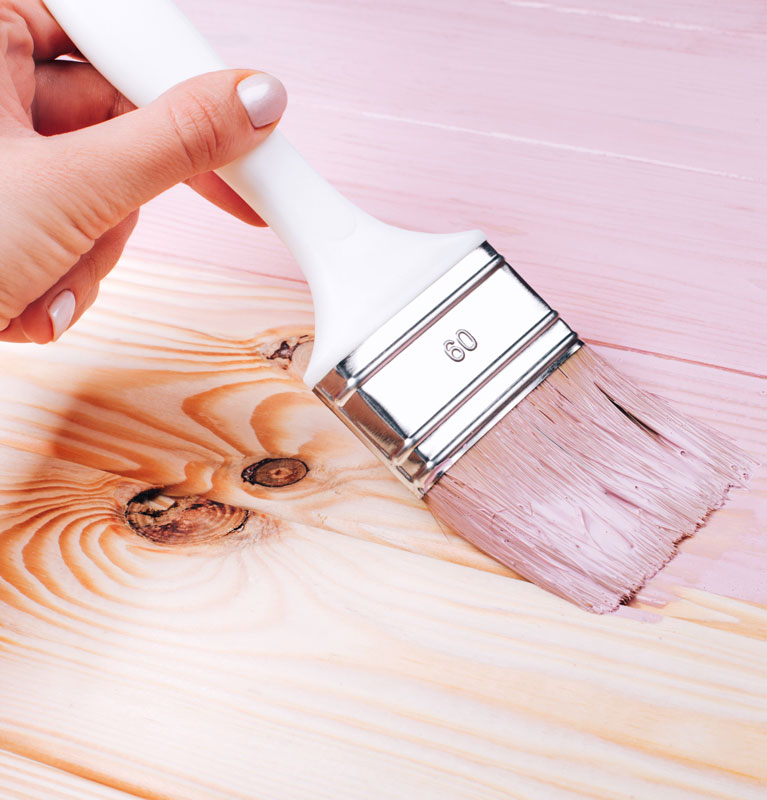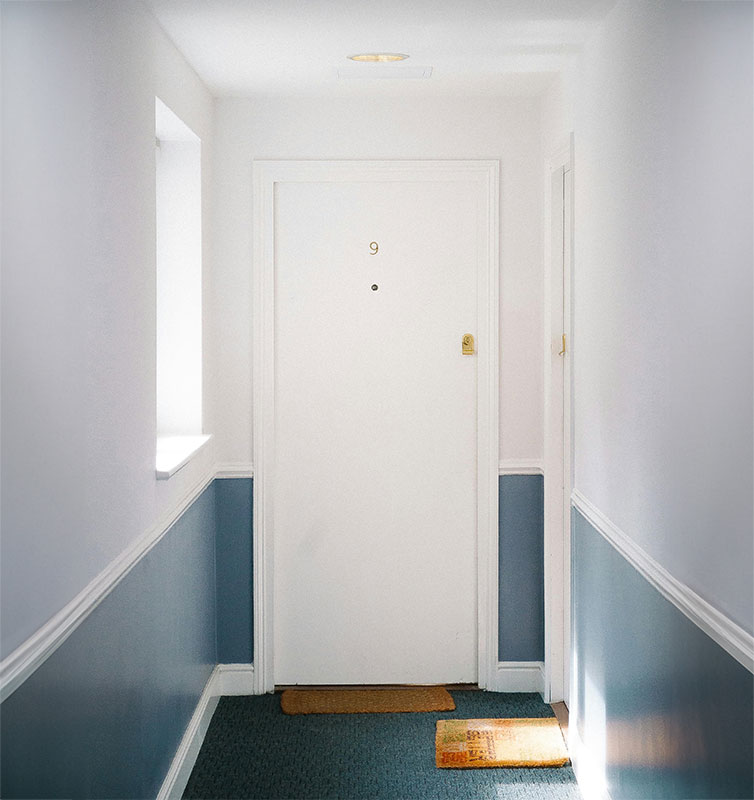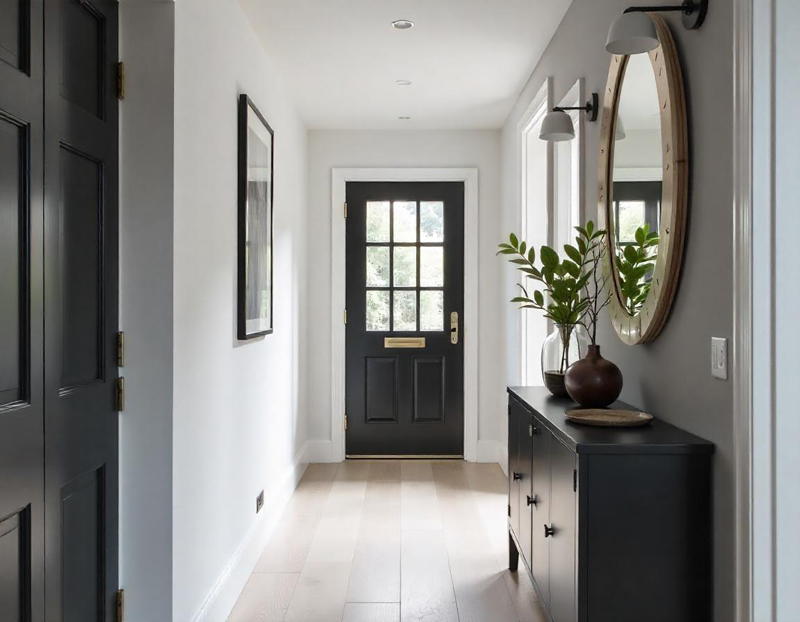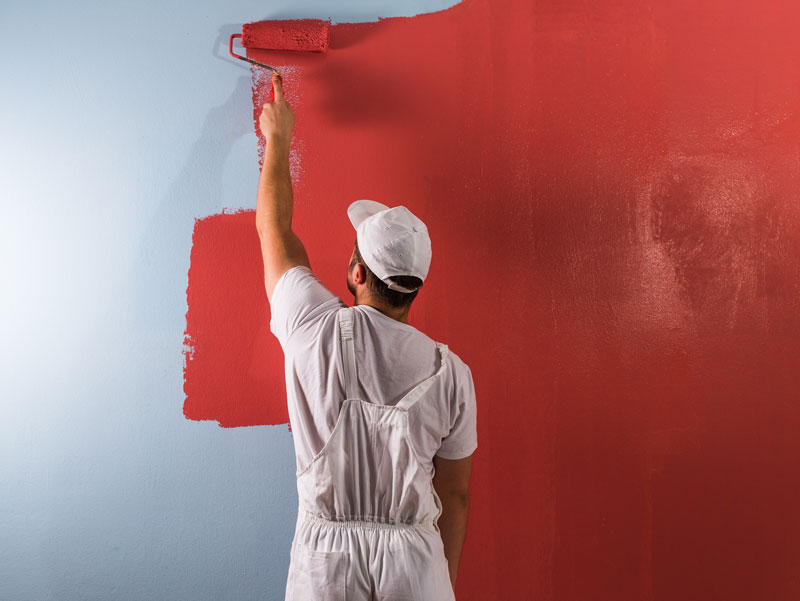Can You Use Emulsion on Wood?
The short answer is yes but with caveats.
Emulsion paint is a household staple for walls and ceilings, but can it work on wood too? This is a common question for DIY enthusiasts and professional decorators alike. In this blog post, we’ll dive into the details, covering the dos and don’ts of using emulsion on wood. Whether you’re curious about sealing emulsion paint or wondering if you can use wall and ceiling paint on wood, we’ve got you covered.
Can You Paint Wood with Emulsion?
Yes, you can paint wood with emulsion, but there are some important considerations. Emulsion paint isn’t designed for wood’s unique surface, which means extra prep work is required. If you’re painting interior wooden trim, furniture, or even doors, ensure you take the time to prepare the surface properly.
Emulsion paint on wood can achieve a sleek and modern finish, especially if you’re going for a matte or low-sheen look. However, durability might be a concern, particularly in high-traffic areas. This is where proper priming and sealing come into play.

Can I Use Wall and Ceiling Paint on Wood?
Wall and ceiling paint, typically emulsion, is not specifically formulated for wood surfaces. Unlike dedicated wood paints, emulsion doesn’t provide the same durability or resistance to wear and tear. Still, with the right preparation, you can achieve good results. Here’s what you need to do:
- Clean the Surface: Dust, grease, and grime can affect adhesion.
- Sand Thoroughly: Sanding the wood creates a smooth, even base.
- Prime the Wood: Use a primer suitable for wood to improve adhesion and durability.
- Apply the Emulsion: Use two coats, letting each one dry completely.
- Seal the Paint: A clear varnish or sealant can protect the finish from wear.
Can You Use Emulsion as an Undercoat?
Using emulsion as an undercoat is possible but not ideal. Wood primers are specifically designed to seal the porous surface of wood and provide a strong base for topcoats. While emulsion may adhere temporarily, it lacks the sealing properties needed for a durable finish.
If you’re painting wood for a project with limited exposure to wear—like decorative items—you might get away with using emulsion as an undercoat. But for furniture or trim, stick to dedicated primers.
Can You Gloss Over Emulsion?
Yes, you can gloss over emulsion on wood, but preparation is key. The emulsion must be completely dry, and the surface should be lightly sanded to ensure the gloss paint adheres properly. This combination can give your wood a polished, professional look.
Can You Use Matt Emulsion on Wood?
Matt emulsion can create a soft, modern finish on wood. However, like all emulsions, it’s not as durable as paint designed specifically for wood. Adding a protective layer, such as clear varnish, is essential to prevent scratches and damage.
How to Seal Emulsion Paint on Wood
Sealing emulsion paint on wood is crucial for durability. Here’s how to do it:
- Choose the Right Sealer: Use a water-based polyurethane varnish for a clear finish.
- Apply Thin Coats: Use a brush or roller to apply the varnish in thin, even layers.
- Let It Cure: Allow each coat to dry fully before applying the next.
- Check the Finish: Ensure the sealed surface is smooth and uniform.
Sealing not only protects the paint but also enhances its appearance, making it more resistant to wear and tear.
Can You Use Wall Paint on Wood?
While you can use wall paint on wood, it’s not the best choice for long-term durability. Wall paints are formulated for large, flat surfaces that don’t experience the same wear as wood. If you decide to use wall paint, always pair it with a primer and sealer.
Emulsion Paint on Wood: Pros and Cons
Pros:
|
Cons:
|
FAQs
Can I paint wood with emulsion?
Yes, but it requires proper surface preparation, including priming and sealing, to ensure a durable finish.
Can you put emulsion on wood?
Yes, emulsion can be applied to wood surfaces, but it’s important to use it only for interior projects.
Can you use emulsion on wood furniture?
You can, but sealing the paint is essential to protect the surface from scratches and damage.
Can I use wall paint on wood trim?
Yes, with the right preparation, but dedicated wood paint will provide a longer-lasting finish.
Final Thoughts
Using emulsion on wood is a viable option for certain projects, especially when you’re after a specific colour or finish. However, preparation is everything. Sanding, priming, and sealing are non-negotiable steps if you want your emulsion-painted wood to last.
For professional results, consult a painting expert or decorator. At MJ Kloss Decorating, we’re happy to guide you through your next project and provide top-notch services to bring your vision to life. Contact us today for advice or to schedule your next decorating project!
FOR PROFESSIONAL PAINTING SERVICES PLEASE CALL OUR FRIENDLY TEAM ON 020 8949 2553




